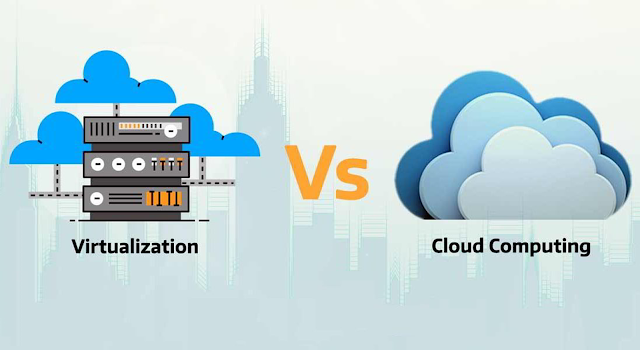Have you ever wondered how Microsoft Azure can provide so much storage at such a low cost? The answer lies in the incredible economies of scale that come into play in the world of cloud computing.
When it comes to resources like storage, hypervisors for virtual machines, network equipment, and inter-data center network links, Microsoft handles it all on a massive scale in their Azure data centers. Purchasing these resources in bulk allows for significant cost savings, especially over time. This advantage extends to Microsoft as well, as they can leverage their large customer base to charge competitive fees for usage and subscriptions in Azure.
Capex
In traditional on-premises IT environments, organizations are burdened with upfront costs for network infrastructure, storage arrays, backup systems, and servers – known as capital expenditure or Capex.
Opex
However, with cloud computing, these responsibilities shift to the cloud provider, such as Microsoft Azure. As a result, cloud customers enjoy the benefits of an ongoing operating expenditure or Opex, paying for their cloud services on a monthly basis without the need for significant upfront costs.
The scale at which Microsoft Azure operates enables them to offer cloud services at a price point that may not be feasible for smaller organizations to achieve on their own. Cloud customers can take advantage of these economies of scale, paying smaller fees for services that can empower their businesses without the upfront costs associated with on-premises setups.
In conclusion, the power of economies of scale in the cloud, exemplified by Microsoft Azure, is a game-changer. It enables businesses of all sizes to access scalable and cost-effective cloud services that can drive innovation and growth without the burden of upfront expenses. Embracing cloud computing and leveraging the economies of scale it offers can be a strategic move for businesses looking to stay competitive in today’s digital landscape.





